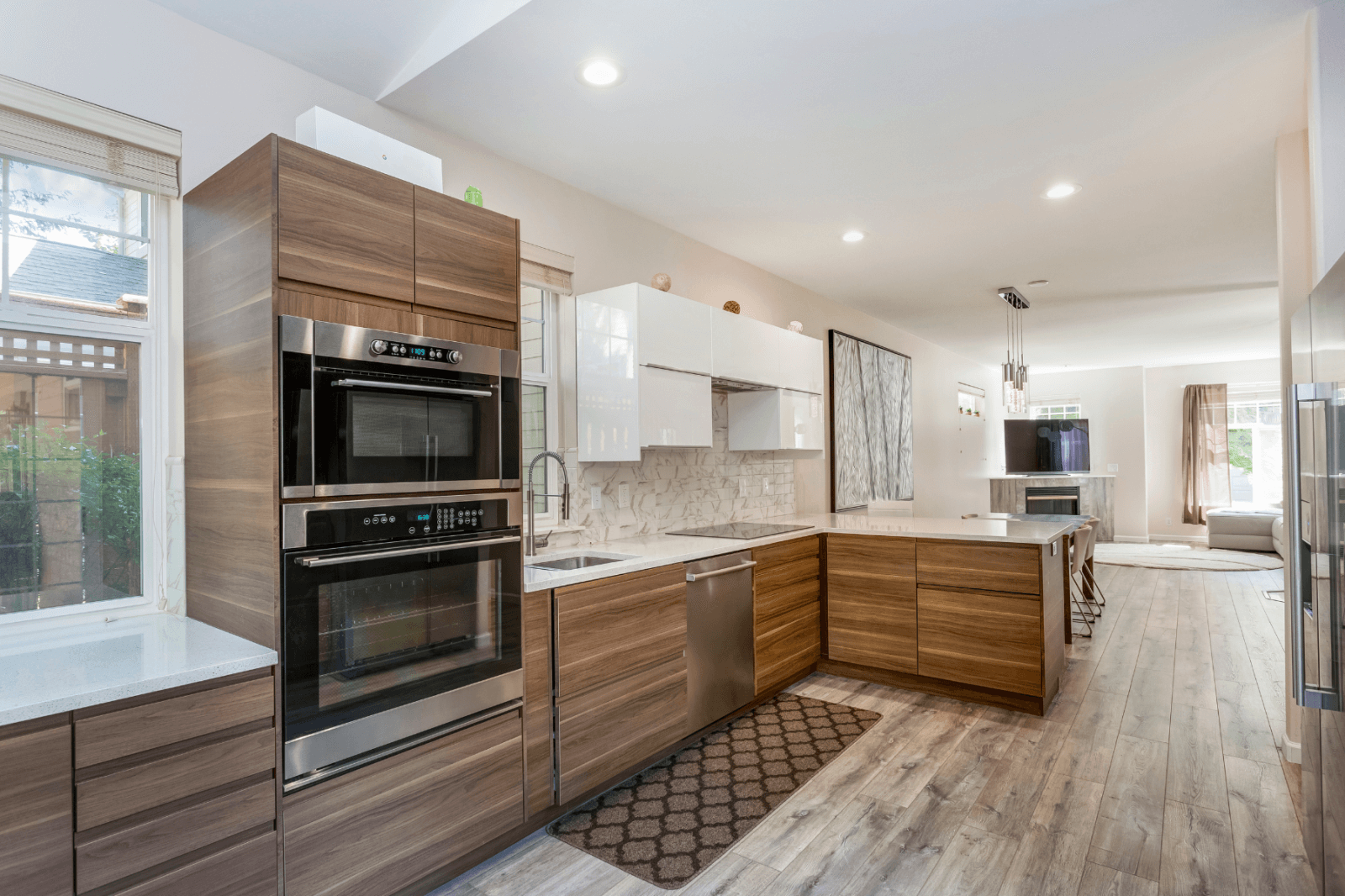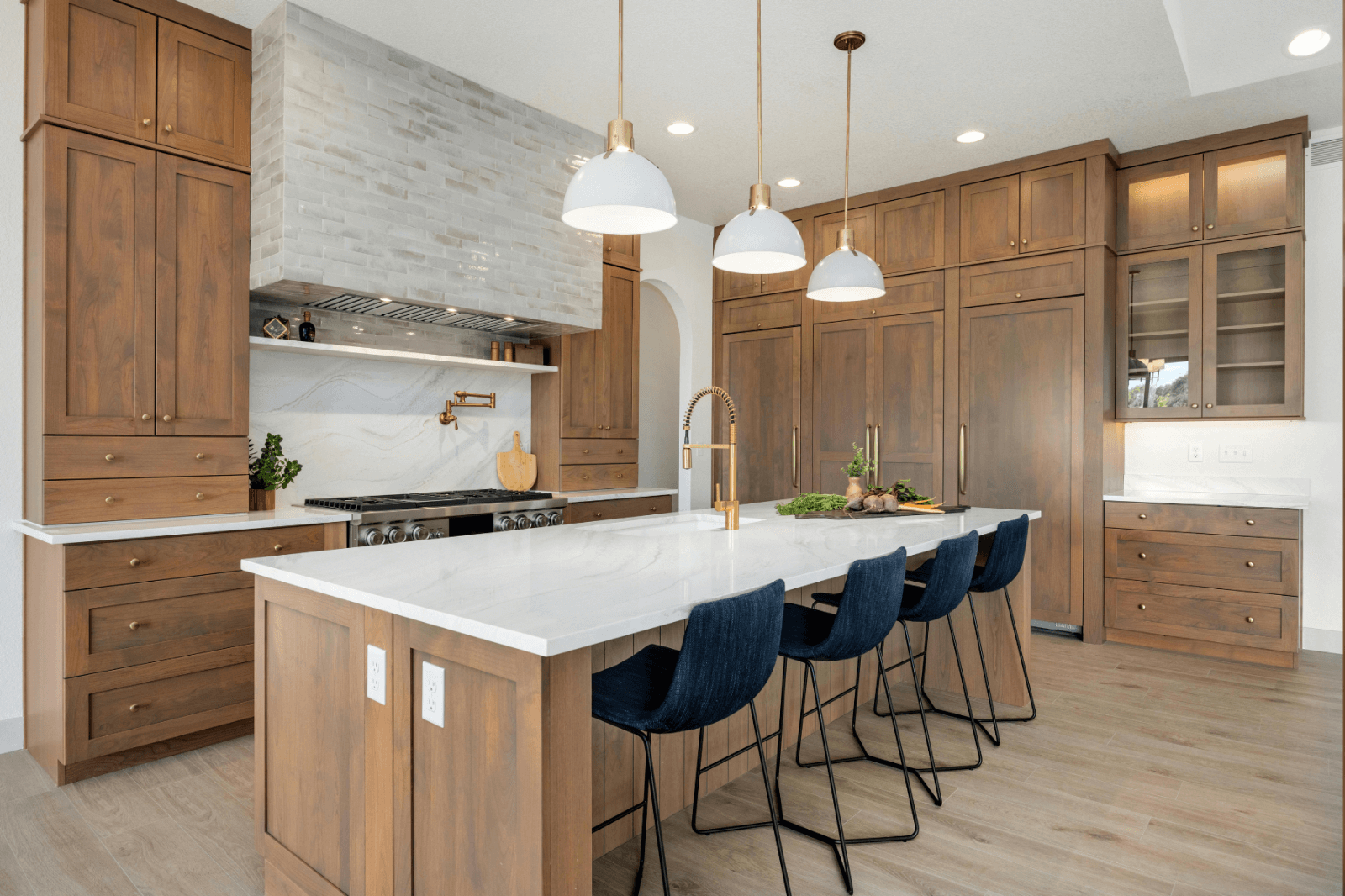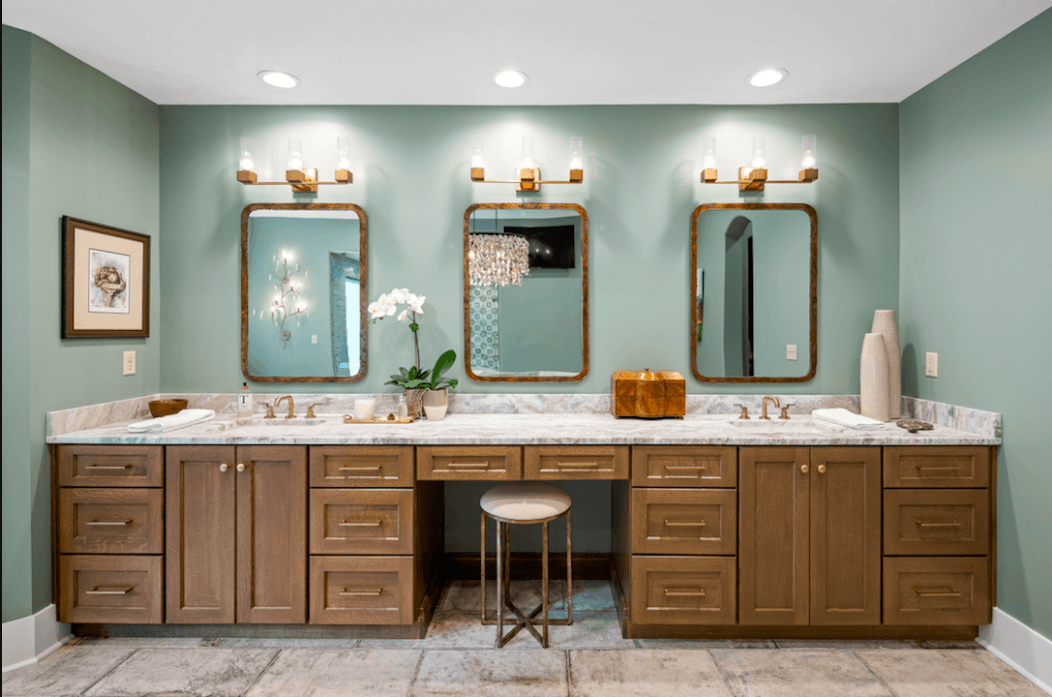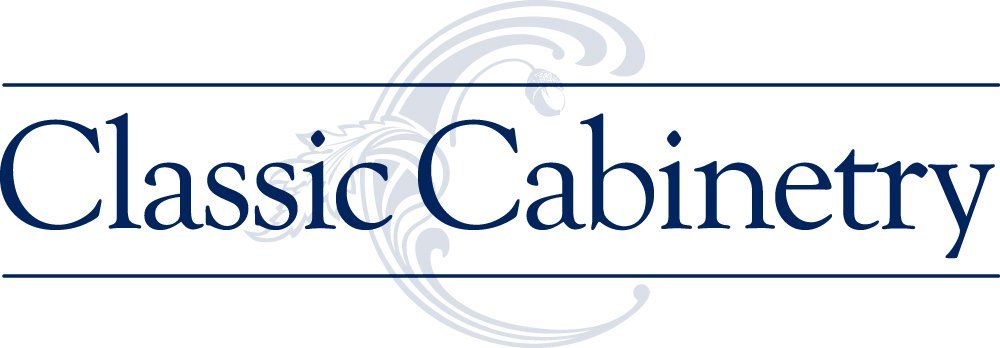One of the most frequent regrets among homeowners in Chattanooga who renovated their kitchens in the past several years is not paying more attention to organizational tools and storage needs. We almost always propose to homeowners in Chattanooga a storage plan that addresses how often they cook, entertain and hold family gatherings.
An almost endless array of options is available to store cookware, food, utensils, countertop appliances (blenders, mixers, etc.), recycling containers, and so on. The most popular organization tools among homeowners in Chattanooga include the following:
- Roll-out shelves that are specified for lower cabinets. When pulled out, homeowners in Chattanooga can see the entire contents of the shelf, making it easy to find what they need.
- Drawer pegboard systems with adjustable screw-in dowels that are most used to store plates.
- Baskets and storage containers that are often used for food storage.
- Drawer dividers that are customizable to effectively store utensils that are not uniformly sized.
- Pan organizers that eliminate the need to stack pans and makes them easily accessible.
- Cabinet risers are a flat (often metal) surface with four legs that serve as a freestanding ledge to store bowls, ramekins, plates, and other serving pieces. Risers turn open spaces into custom storage solutions.
- Lazy Susans installed in corner cabinets not only create additional storage, but they also help homeowners in Chattanooga easily access and organize kitchen supplies. Some lazy Susans include shelves that swing out with drawer modules for easy pull-out. Tiered lazy Susans require more vertical space and improve access to out-of-reach items.
- Vertical storage cabinets can often make use of small spaces that might otherwise go unused, such as spaces next to the range or kitchen sink. Vertical storage is also appropriate for cutlery. It’s not difficult to divide a drawer into small deep individual compartments for knives, forks, teaspoons, soup spoons, and salad forks.
- We often create drawers within drawers to maximize space in deep drawers. A top layer may be used for cutlery, below is a second drawer for dishes, and below that is another drawer for pots and pans. These drawers within drawers slide individually with the top-drawer designed to house items used most often.
Many existing kitchens include mixers, blenders, food processors, coffee pots, et. al. sitting on the counter because there is insufficient cabinet space. We help homeowners in Chattanooga develop storage plans for countertop appliances to help assure clutter-less countertops that produce a clean look.
If you would like assistance in creating a clutter-free, well-organized kitchen, give us a call at 423-266-0077 or make an appointment to visit our showroom either in person at 2601 Broad St or virtually..
